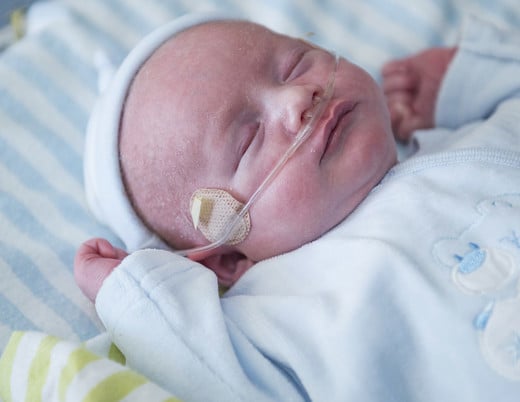The University of Colorado Department of Ophthalmology, working alongside Children’s Hospital Colorado, recently introduced a new tracking system for managing retinopathy of prematurity (ROP) in preterm infants. Integrated with the Epic electronic health record system, this tracker represents an enhancement in the proactive follow-up care for infants at risk of ROP, a condition that could lead to blindness if left unchecked.
Every year, around 14,000 infants in the U.S. are diagnosed with ROP. While the condition is usually mild, the risk of severe outcomes underscores the critical need for timely and effective follow-up care. Traditional tracking methods, often manual and error-prone, fell short of ensuring that every infant at risk received the necessary attention.
The new tool, which is the brainchild of pediatric optometrist Melissa Engle, OD, FAAO, and her colleague Jennifer Jung, MD, automatically tells providers which babies are due for follow-up appointments, greatly reducing the risk of missed opportunities for care. By automating this process, the tracker boasts an impeccable success rate in scheduling accuracy, setting a new standard in neonatal care.
The tracker also enhances the efficiency of care teams by identifying infants who are at risk based on specific criteria, such as birth weight and gestational age, and ensuring they are promptly scheduled for screening. It streamlines the workload for eye care professionals and improves care continuity for infants transferred between facilities, offering a full view of their medical history and prior examinations.
The feedback from the pediatric ophthalmology community has been universally positive, praising the system for its reliability and the significant improvements in the ROP care workflow. As interest in this technology spreads across the country, its impact is set to extend even further. Infants at risk of ROP nationwide will be able to receive the timely and critical care they need to thrive.
Featured researchers

Melissa Engle, OD, FAAO
Optometrist
Pediatric Ophthalmology Department
Children's Hospital Colorado
Director of Clinical Informatics
Pediatric Ophthalmology
University of Colorado School of Medicine

Jennifer Jung, MD
Ophthalmologist
Pediatric Ophthalmology Department
Children's Hospital Colorado
Director, Retinopathy of Prematurity Services, associate professor
Pediatric Ophthalmology
University of Colorado School of Medicine





 720-777-0123
720-777-0123










